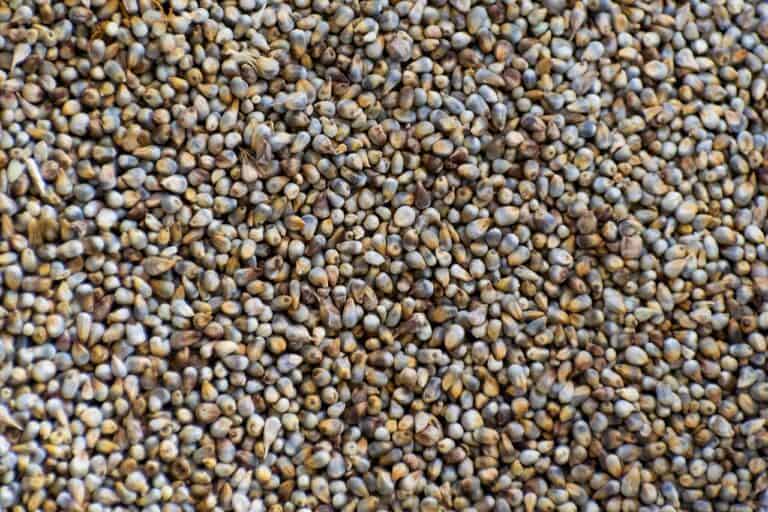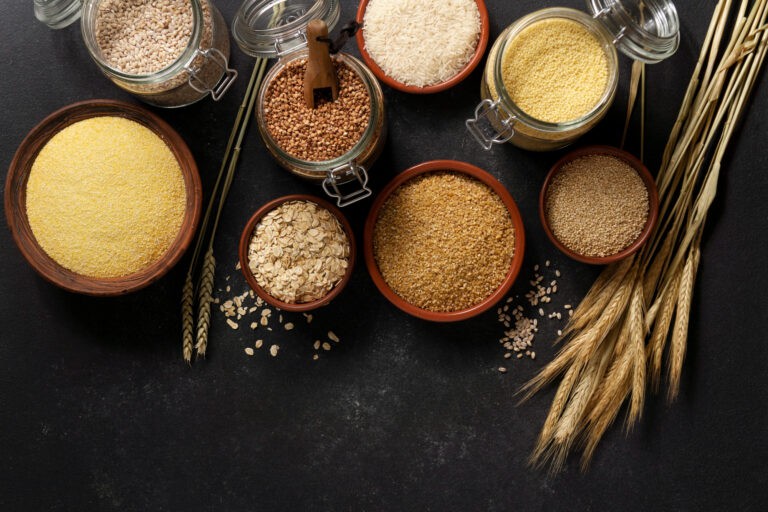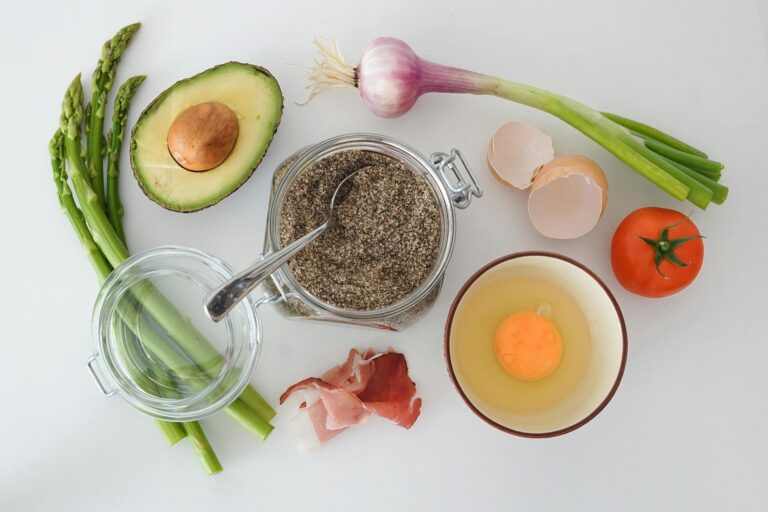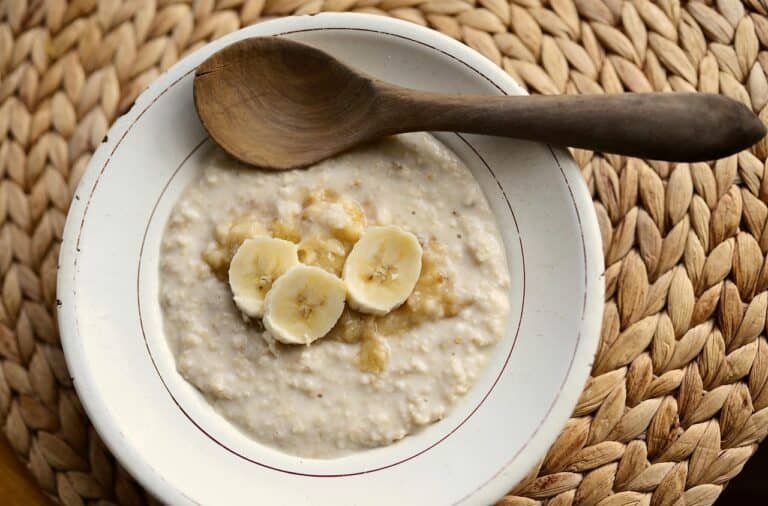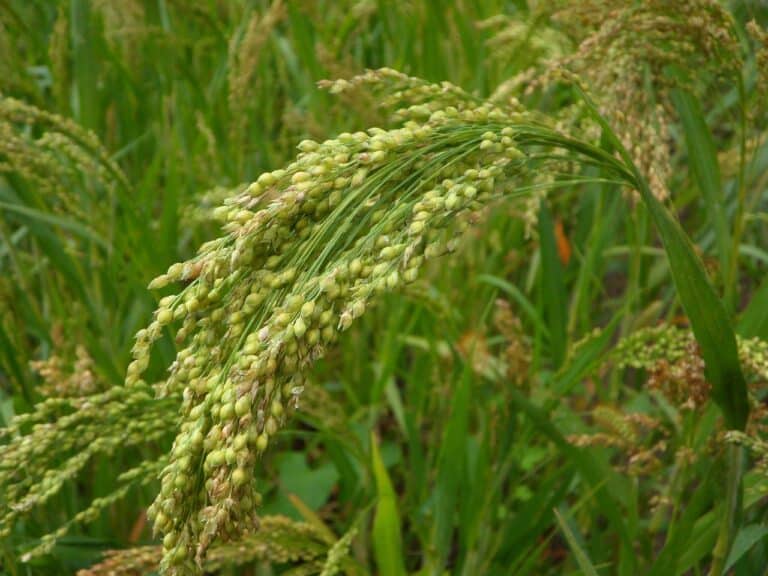Millets are ancient grains that have been a staple in many cultures for centuries. In this post, you’ll learn what millets are, the different types, and why they’re making a healthy comeback in modern diets.
What Are Millets?
Millets are small grains packed with nutrition and grown mostly in dry regions across the world. They’re used for both human food and animal feed. India is the world’s largest producer of millets, accounting for 26.6% of global millet cultivation and a staggering 83% of Asia’s millet-growing area.
Millets are a group of small, nutritious grains that have been grown for centuries across the world. Common types include sorghum (jowar), pearl millet (bajra), finger millet (ragi), foxtail, little, kodo, barnyard, proso, teff, buckwheat, and browntop millet.
WHat are benefits of millets?
Millets aren’t your everyday grain—they offer a wide range of health benefits that make them an excellent addition to any diet. Eating millets daily can offer numerous health benefits:
- Millets are rich in fiber, essential source of minerals like iron, zinc, and calcium.
- Gluten-Free – perfect for those with gluten intolerance or celiac disease.
- Millets have low glycemic index which is ideal for maintaining blood sugar levels and helps in managing diabetes.
- Millets when consumed with legumes creates supplementation of protein, increases the amino acid content and improves the overall digestibility of protein.
- Millets are rich in antioxidants which helps in reducing inflammation.
- Millets can lower cholesterol as they contain Niacin.
- Millets are helpful in reducing of weight, BMI and high blood pressure.
- Millets consume low water and its cultivation helps to reduce the carbon footprint.
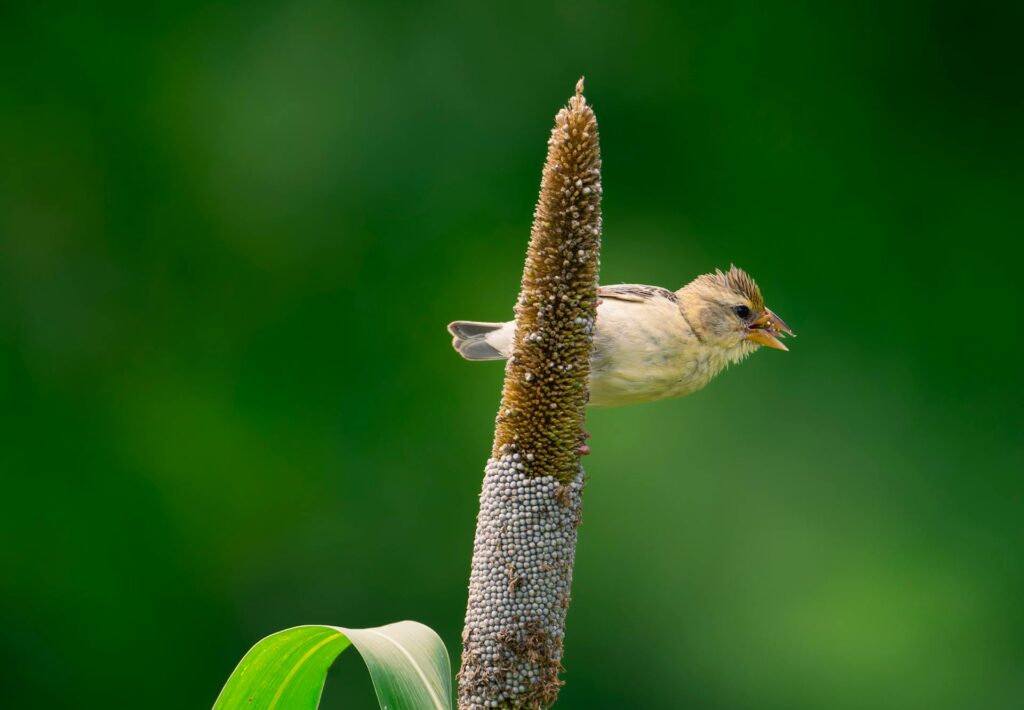
Exploring the Different Types of Millets
Sorghum (Jowar)
Sorghum is a traditional staple in dry, warm regions around the world. It’s a hardy crop that resists pests and diseases, grows well in hot climates, and doesn’t tolerate cold. Packed with nutrients, it ranks fifth among the world’s most produced cereals—and holds the fourth spot in India.
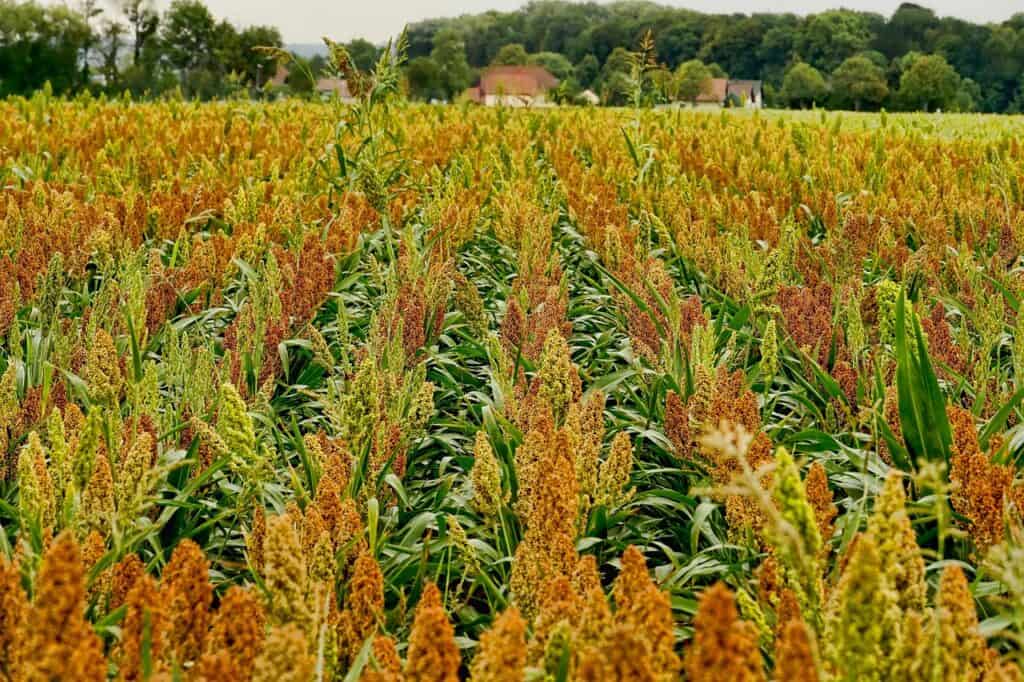
| Nutrients | Value per 100 grams |
| Energy (Kcal) | 335 |
| Protein (g) | 10 |
| Carbohydrate (g) | 68 |
| Fat (g) | 1.7 |
Pearl Millet (Bajra)
Pearl millet ranks sixth among major cereals in both area and production. It’s known for its exceptional drought tolerance—higher than any other millet. In India, it’s the most widely grown cereal after rice and wheat, making it a key crop for dry and arid regions.
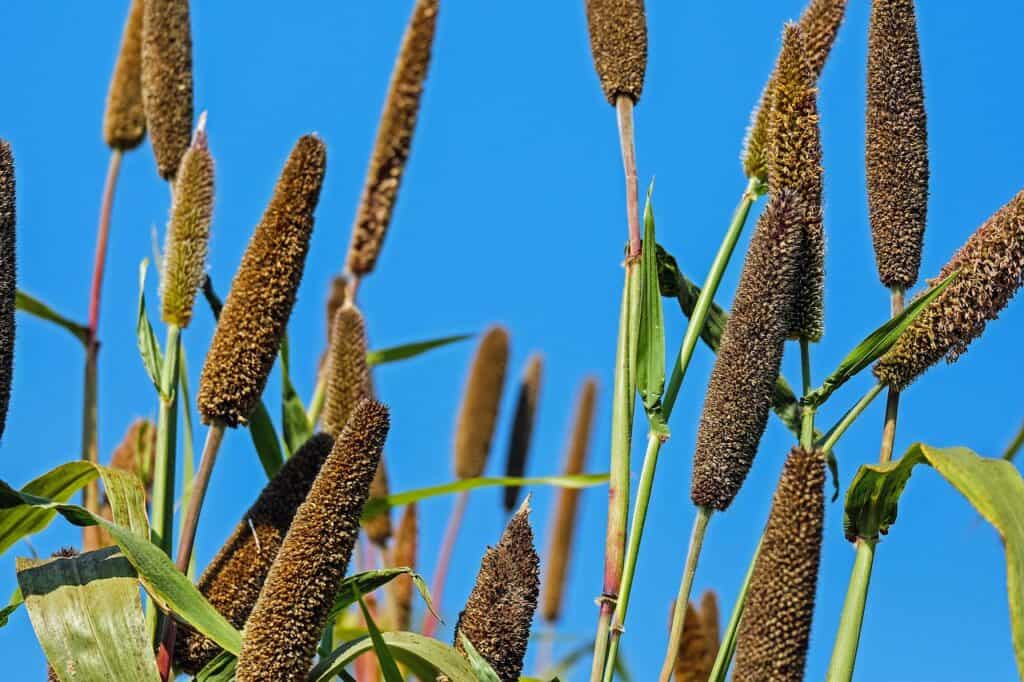
| Nutrients | Value per 100 grams |
| Energy (Kcal) | 347 |
| Protein (g) | 10.9 |
| Carbohydrate (g) | 61.8 |
| Fat (g) | 5.4 |
Kodo Millet
Kodo millet has been grown in India for over 3,000 years. It’s a tough, drought-resistant crop that thrives even on poor, rocky soils where other crops fail. Traditionally, it takes 4 to 6 months to mature, though shorter-duration varieties are now available. This annual tufted grass grows up to 90 cm tall, with grains ranging from light red to dark grey. Among all millets, Kodo millet has the highest dietary fiber content, making it a great choice for digestive health.
| Nutrients | Value per 100 grams |
| Energy (Kcal) | 331 |
| Protein (g) | 8.9 |
| Carbohydrate (g) | 66 |
| Fat (g) | 2.5 |
Foxtail Millet (Kakum)
Foxtail millet is one of the oldest cultivated millets and ranks third among all millet crops. It’s grown for food in Asia’s semi-arid regions and used as animal forage in Europe, North America, Australia, and North Africa. This slender, leafy plant grows 1 to 5 feet tall and produces seeds in a dense, brush-like head—similar in appearance to yellow or green foxtail grass. The grains resemble paddy rice and come with a husk that must be removed before cooking. Foxtail millet matures quickly, usually in 65–70 days. Just a few decades ago, it was a common staple food. Today, it’s valued for its nutrition, offering twice the protein of rice.
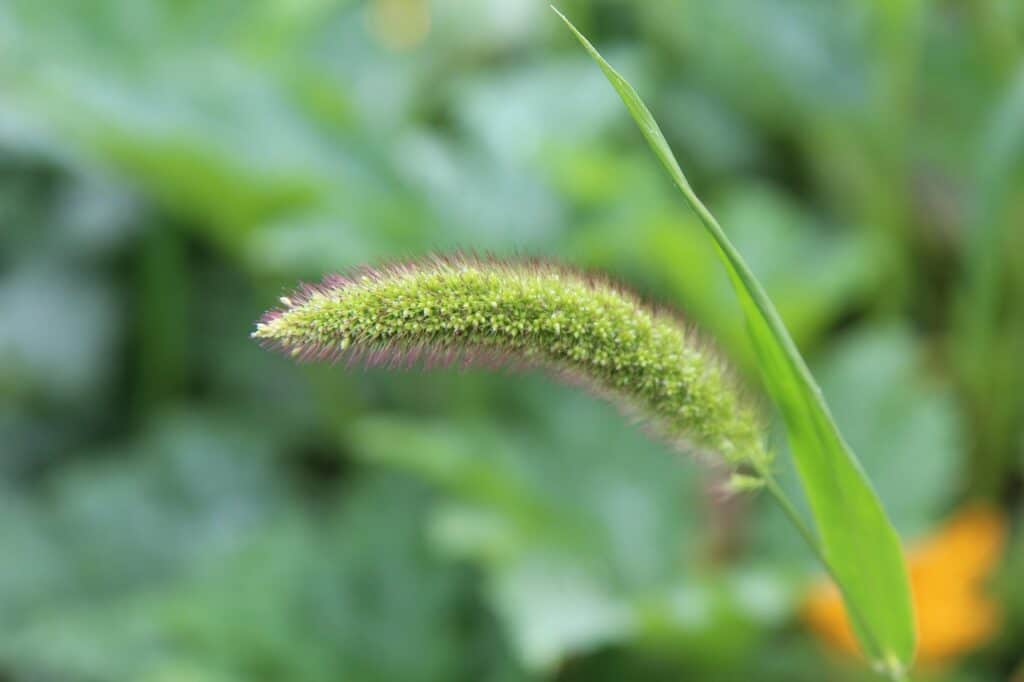
| Nutrients | Value per 100 grams |
| Energy (Kcal) | 331 |
| Protein (g) | 12.3 |
| Carbohydrate (g) | 60 |
| Fat (g) | 4.3 |
Little Millet (kutki)
Little millet is one of India’s traditional crops and is grown across the country, often alongside other millets, pulses, and oilseeds. It’s similar to proso millet but shorter, with smaller seed heads and grains. Farmers typically grow it with minimal effort on poor soils. Little millet is tough—it matures quickly and can handle both drought and waterlogging. It’s commonly used as a rice substitute and works well in any recipe that typically uses regular rice.
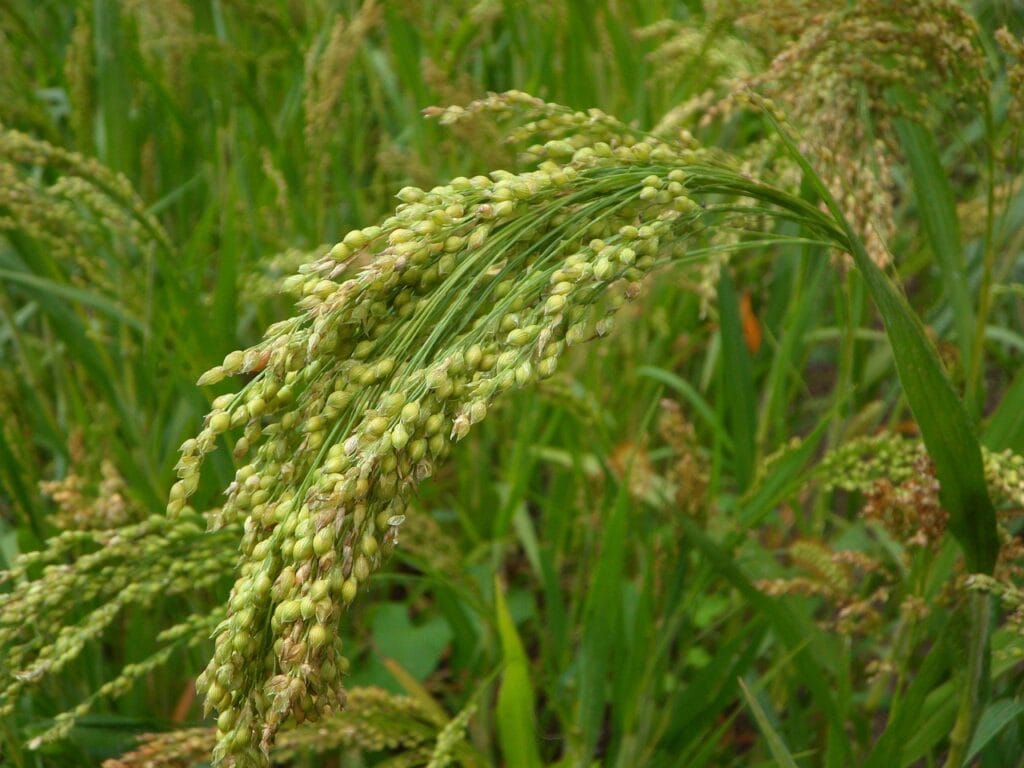
| Nutrients | Value per 100 grams |
| Energy (Kcal) | 346 |
| Protein (g) | 10 |
| Carbohydrate (g) | 65.5 |
| Fat (g) | 5.9 |
Proso Millet (Common Millet/Chena)
Proso millet is a short-season crop that thrives in low-rainfall regions. It’s highly drought-resistant and can grow well alongside crops like red gram, maize, and sorghum. Thanks to its adaptability, Proso millet suits a wide range of soil types and climate conditions, making it a smart choice for areas with limited water and long dry spells.
| Nutrients | Value per 100 grams |
| Energy (Kcal) | 341 |
| Protein (g) | 12.5 |
| Carbohydrate (g) | 70 |
| Fat (g) | 2.5 |
Barnyard Millet (Sawan)
Barnyard millet is mainly grown in India, China, Japan, and Korea for both food and animal fodder. The Japanese and Indian varieties are especially hardy, adapting well to different soils, moisture levels, and elevations. They grow across seasons and typically take 3 to 4 months to mature. Barnyard millet thrives on marginal lands where crops like rice struggle. The plant stands 60 to 130 cm tall and ranges in color from brownish to purple.
| Nutrients | Value per 100 grams |
| Energy (Kcal) | 307 |
| Protein (g) | 11.2 |
| Carbohydrate (g) | 65.5 |
| Fat (g) | 2.2 |
Finger Millet (Ragi)
Finger millet is a staple food for rural communities in Southern India and parts of East and Central Africa. It grows well from sea level to the Himalayan hills but does best in well-drained, loamy soil. Karnataka leads India’s production, contributing about 60% of the country’s output—roughly 34% of the global total. Finger millet is a small, bushy plant with finger-like seed heads. It grows between 30 to 150 cm tall, and its tiny seeds come in shades of light brown, dark brown, or white.
| Nutrients | Value per 100 grams |
| Energy (Kcal) | 320 |
| Protein (g) | 7.2 |
| Carbohydrate (g) | 66.8 |
| Fat (g) | 1.9 |
Teff Millet
Teff is a high-altitude grain mainly grown in the highlands of Ethiopia and Eritrea, reaching elevations up to 2,700 meters. More like a grass than a typical cereal, teff thrives in extreme conditions—from waterlogged soils to drought. Its seeds are tiny but packed with protein and nutrients. It requires minimal tilling, and even a small amount is enough to sow an entire field. Teff also cooks quickly, making it a fuel-efficient food choice.
| Nutrients | Value per 100 grams |
| Energy (Kcal) | 367 |
| Protein (g) | 13.3 |
| Carbohydrate (g) | 7 |
| Fat (g) | 2.4 |
Browntop Millet
Browntop millet is native to India and mainly cultivated in parts of Karnataka and Andhra Pradesh, though it grows wild across many states. It’s primarily used as a food crop and is valued for its resilience. Browntop millet grows well even in less fertile, sandy loam soils and matures quickly in 60–80 days. It’s one of the most affordable crops to grow—requiring no weeding and facing no major pests or diseases.
| Nutrients | Value per 100 grams |
| Energy (Kcal) | 338 |
| Protein (g) | 11.5 |
| Carbohydrate (g) | 71.3 |
| Fat (g) | 1.9 |
Buckwheat (kuttu)
Buckwheat grows well in poor and poorly drained soils and is ideal for rough or infertile land. Though a minor global crop, it’s often used as a cover crop to protect soil between planting seasons. With a short growth cycle and deep roots, buckwheat prevents erosion, suppresses weeds, and attracts beneficial insects—making it a great choice for sustainable farming.
| Nutrients | Value per 100 grams |
| Energy (Kcal) | 343 |
| Protein (g) | 13.3 |
| Carbohydrate (g) | 71.4 |
| Fat (g) | 3.4 |
How to Use Millets in Cooking
Millets are incredibly versatile and can be used in many dishes:
- Porridge: A warm, nutritious start to your day.
- Flour: Perfect for gluten-free bread, pancakes, and rotis.
- Salad: Mix cooked millet with fresh veggies for a hearty, healthy salad.
- Khichdi: A wholesome, nutritious alternative to rice-based khichdi.
how long to soak millet before cooking
| Millet | Soaking Time | Cooking Time | Notes |
|---|---|---|---|
| Kodo Millet | 15–30 mins (up to 4 hrs for batter) | 15–20 mins | Great rice substitute; soak longer if grinding for dosa/idli |
| Foxtail Millet | 30 mins – 1 hour | 10–15 mins | Quick-cooking, light, ideal for upma or khichdi |
| Little Millet | 15–30 mins | 10–12 mins | Easy to digest; works well in porridge or pulao |
| Barnyard Millet | 15–20 mins | 10–12 mins | Good fasting millet, cooks soft |
| Proso Millet | 1–2 hours | 15–20 mins | Mild flavor; rinse well before cooking |
| Finger Millet (Ragi) | 6–8 hours (whole grain) | 30–40 mins (whole) / 5–10 mins (flour) | Best soaked overnight if using whole; flour needs no soaking |
| Pearl Millet (Bajra) | 6–8 hours | 25–30 mins | Dense millet; great for winter meals |
| Sorghum (Jowar) | 8–12 hours | 30–40 mins | Requires long soak and cook time; chewy texture |
| Browntop Millet | 30 mins – 1 hour | 12–15 mins | Highly nutritious; lesser-known gem |
| Teff Millet | No soaking needed | 10–15 mins | Cooks quickly; great for porridge |
| Buckwheat | No soaking needed (optional 15 mins) | 10–12 mins | Technically a pseudo cereal; fast and easy |
Frequently Asked Questions
How much millet per person?
| Form | Serving Size | Approx. Weight | Notes |
| Uncooked millet | 1/3 cup | ~30–40 grams | Expands when cooked |
| Cooked millet | 1/4 cup | ~100 grams | Ready to eat |
| Daily intake | 30-40 grams | – | Ideal for most healthy adults |
Can we eat millets daily instead of rice?
Yes, millets are generally safe to eat daily and can be a healthy alternative to rice. They offer more fiber, better blood sugar control, and added nutrients—making them a smart swap for everyday meals.
Can we eat millets at night?
Yes, millets can be eaten at night. Millets are low on the glycemic index – meaning it wont cause a rapid spike in blood sugar.
What is the best time to eat millet?
The best time to eat millets depends on your lifestyle and goals. They’re a great option for breakfast, lunch, or even dinner—as long as you enjoy them in moderation.
Which millet is most easy to digest?
Barnyard millet and proso millet.
Do millets reduce belly fat?
Yes, millets are rich in fiber and nutrient-dense.
Final Thoughts
Millets are simple, nutritious grains that fit easily into any diet. Whether you’re looking to eat healthier or support sustainable farming, adding millets to your meals is a smart and wholesome choice. For more food and diet related articles, please visit here.
To know more, visit official website of myGov.in

